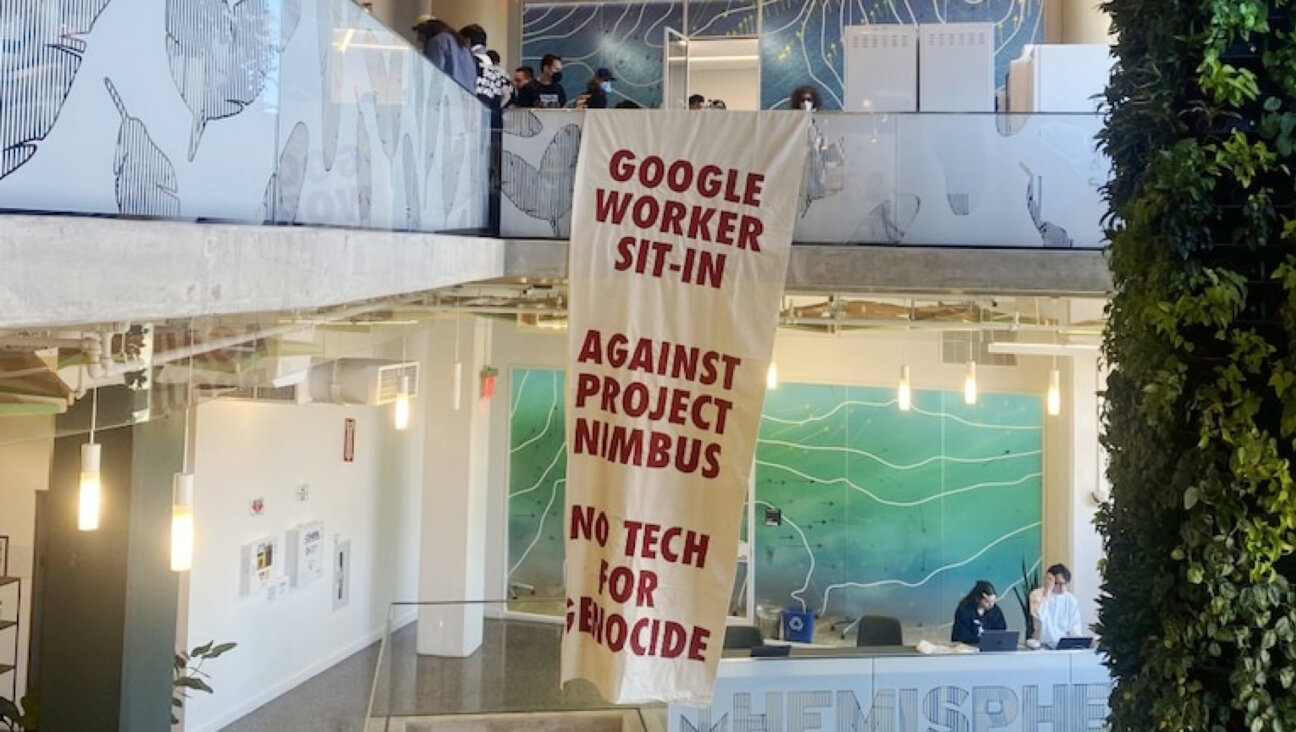Israeli Scientists Uncover Therapy That Converts Cancer Cells Into Normal Ones

Image by Ben Gurion University website
Cancer cells, by definition, are abnormal cells that divide with abandon and have the potential to spread throughout and wreak havoc on your vital organs and tissues. But what if you could tell those same troublesome cells to stop misbehaving? Israeli scientists think they’ve found a way to do just that.
A group of researchers at Ben-Gurion University of the Negev, led by Professor Varda Shoshan-Barmatz, PhD, have developed a molecule that prevents cancer cells from growing and turns them into normal, non-cancerous cells. This unique approach is based on siRNA (small interfering ribonucleic acid), a molecule that turns off a protein, VDAC1, that helps get energy to malignant cells. By targeting VDAC1, Shoshan-Barmatz and her team have essentially figured out how to make cancer cells start acting like regular ones.
So far, in vitro and mice models have suggested that this treatment might be effective for lung cancer, triple negative breast cancer, and glioblastoma (the type of brain tumor that John McCain is currently battling). But the applications might be even broader, and similar treatments might be one day used to combat an even wider variety of cancers.
“Although this is in the early stages, we are excited with results that demonstrate this novel molecule’s potential for cancer treatment,” Shoshan-Barmatz said in a press release. “Using the siRNA treatment for several types of cancer in mouse models reprogrammed cancer cell metabolism, reduced tumor growth and angiogenesis, reduced tumor invasiveness, and induced cancer stem cell disappearance and cell differentiation.”
Also worth noting: The siRNA treatment did not impact non-cancerous cells, which indicates that it has the potential to be a well-controlled, safe approach.
BGN Technologies, the technology-transfer company of Ben-Gurion University of the Negev, has already patented the technology discovered by Shoshan-Barmatz and her colleagues. Next up, BGN will be identifying partners to develop and advance research on this molecule. A series of clinical trials are expected to follow.
This particular cancer-fighting strategy is just one of many that Shoshan-Barmatz is currently exploring in her lab. The former director of The National Institute for Biotechnology in the Negev, she’s also focusing on the VDAC1 protein as a means to induce death in cancer cells.
Barbara Brody is a freelance writer/editor specializing in health and wellness. Head to her website or follow her on Twitter.

I hope you appreciated this article. Before you go, I’d like to ask you to please support the Forward’s award-winning journalism this Passover.
In this age of misinformation, our work is needed like never before. We report on the news that matters most to American Jews, driven by truth, not ideology.
At a time when newsrooms are closing or cutting back, the Forward has removed its paywall. That means for the first time in our 126-year history, Forward journalism is free to everyone, everywhere. With an ongoing war, rising antisemitism, and a flood of disinformation that may affect the upcoming election, we believe that free and open access to Jewish journalism is imperative.
Readers like you make it all possible. Right now, we’re in the middle of our Passover Pledge Drive and we need 500 people to step up and make a gift to sustain our trustworthy, independent journalism.
Make a gift of any size and become a Forward member today. You’ll support our mission to tell the American Jewish story fully and fairly.
— Rachel Fishman Feddersen, Publisher and CEO
Join our mission to tell the Jewish story fully and fairly.
Our Goal: 500 gifts during our Passover Pledge Drive!
























